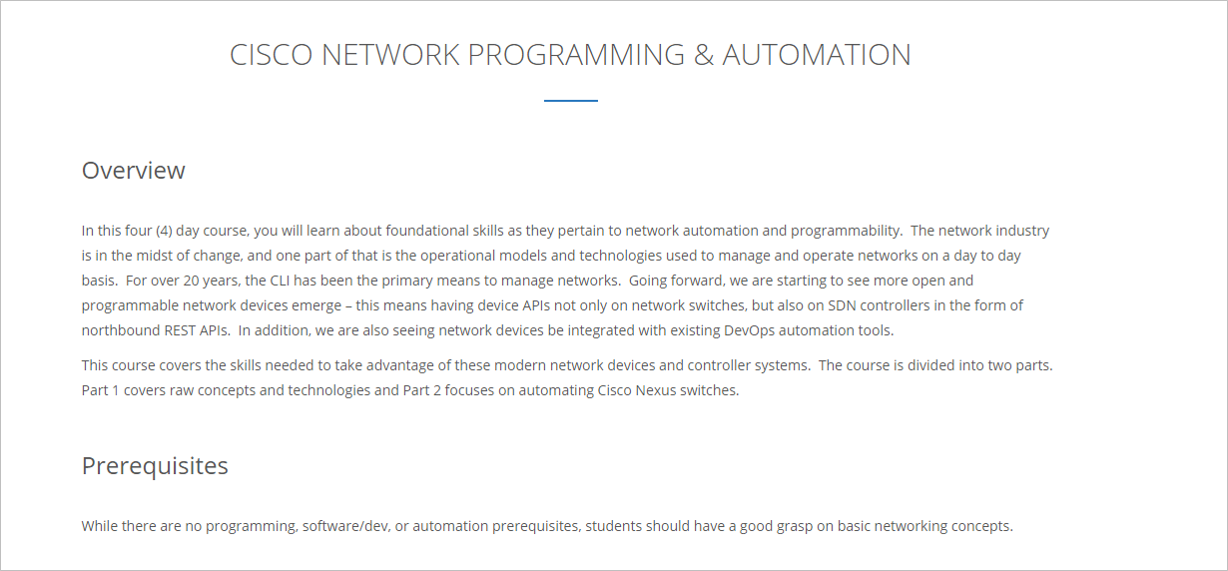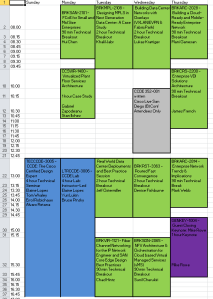You can’t put the future on hold
Greg Ferro recently participated in an “Ask Me Anything” thread on Reddit. In that thread, user “1DumbQuestion” made this comment:
Last, never finished my CCIE because of what I perceive will happen with SDN in the next coming years.
I’ve seen similar comments from others over the last couple of years. This concerns me because it seems that people are saying “There’s too much change going on here, and I don’t know how it will all work out. So I’ll just do nothing.”
Don’t be one of those people.
You should take a hard look at your career, and try to understand where the industry is going. If you think that CCIE study is not the best use of your time, that’s fine. But you should make a conscious choice about that. Crucially, you must decide where else to invest your time and energy.
If you firmly believe that networking will change dramatically over the next few years, then take active steps to prepare yourself. Think about your current skills, and where you have gaps. Maybe you need to learn more about Linux. Maybe it’s configuration management, or Python scripting. Put your time into Continue reading



 Did you miss out on all the SDx news this week? Never fear, we're here to tell you what new market research says, and why Meru is saying "Adios, Aruba."
Did you miss out on all the SDx news this week? Never fear, we're here to tell you what new market research says, and why Meru is saying "Adios, Aruba."